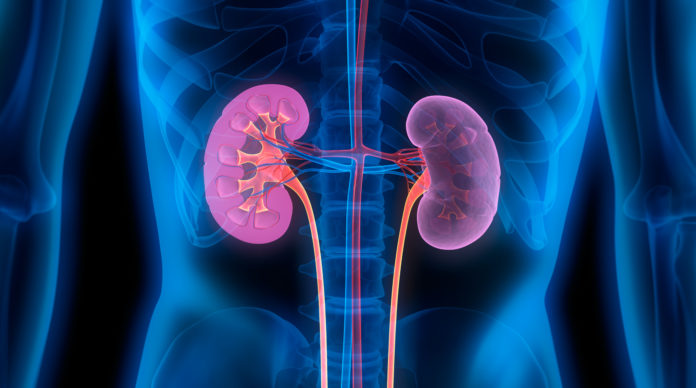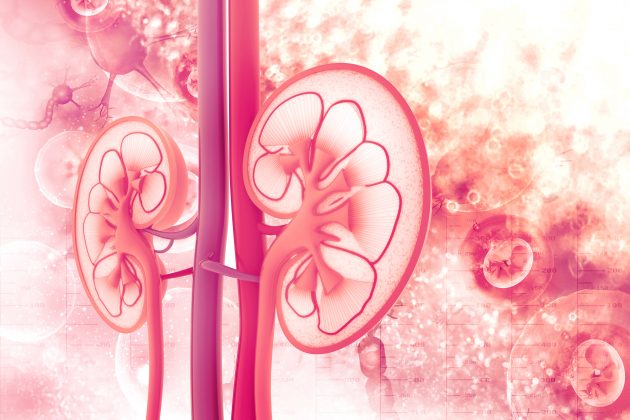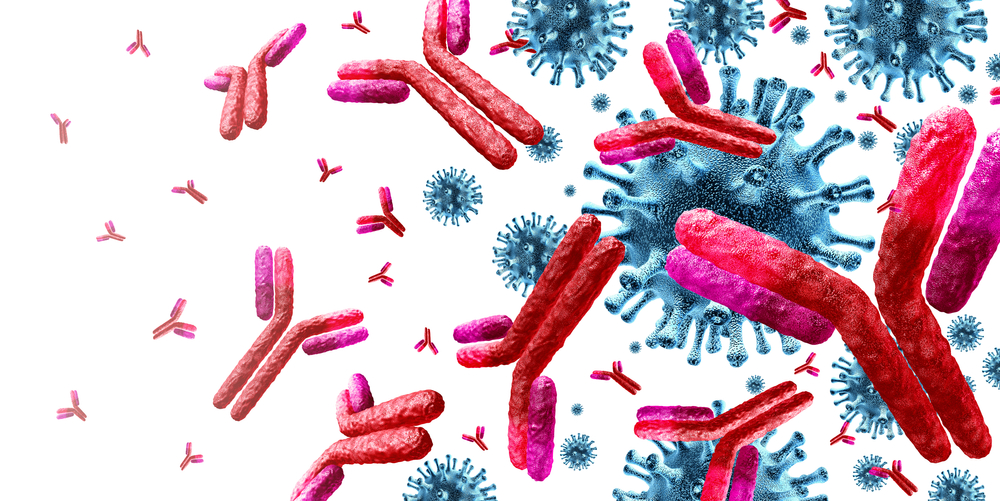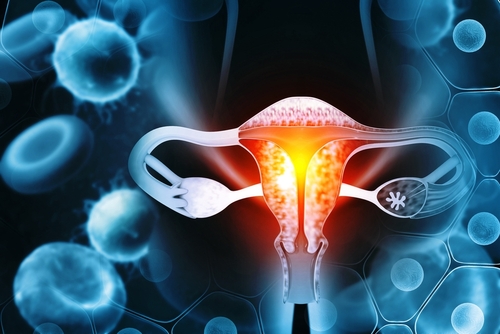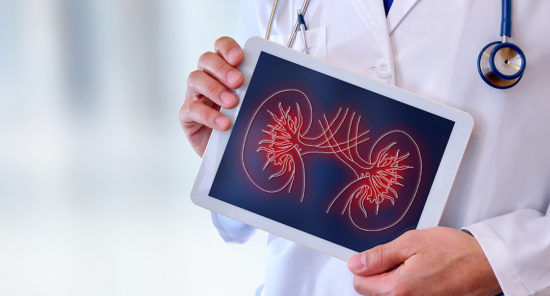Both type 1 and type 2 diabetes are associated with the development of kidney disease, a frequent microvascular complication of both conditions. Results of numerous trials have demonstrated that the most powerful approach to decrease the risks of developing diabetic nephropathy is tight glycemic control.
However, according to Francesco Prattichizzo, PhD, and colleagues in Milan, Italy, the risk of kidney disease is not completely eliminated with hemoglobin A1C (HbA1c) <7%. The researchers note that the residual risk is likely due to two factors: (1) the presence of risk factors and alterations in addition to and independent of glycemia; and (2) the activation of metabolic memory or legacy effect (long-lasting imbalances by periods of exposure to uncontrolled glycemia). Possible mechanisms related to development of nephropathy despite effective control of risk factors include long-lasting oxidative stress, epigenetic alterations, cellular senescence, and resulting chronic low-grade inflammation.
Two recent classes of drugs, glucagon-like peptide 1 receptor agonists (GLP-1 RA) and sodium-glucose transporter 2 inhibitors (SGLT2i), have been shown have renoprotective effects beyond their glucose-lowering properties.
In a recent issue of Metabolism, [doi.org/10.1016/j.metabol.2021.154799], Dr. Prattichizzo et al. summarized (1) selected trials and mechanisms underlying the development of diabetic kidney disease and (2) results relative to renal end points in clinical trials of GLP-1RA and SGLT-2i.
The researchers added, “We briefly discuss some of the hypotheses posited to explain the marked renoprotective properties of these two classes, evidencing the still existing gaps in knowledge and proposing future directions to further implement the use of these powerful, disease-modifying drugs.”
Credit: Original article published here.

